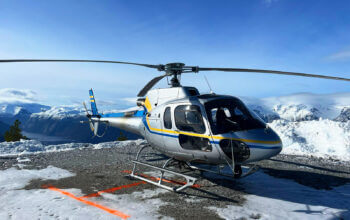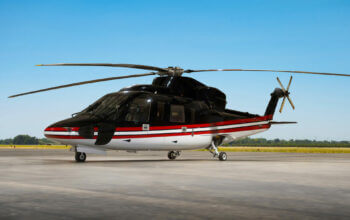Estimated reading time 2 minutes, 45 seconds.
Canada’s National Aerial Surveillance Program (NASP) is getting a boost through a new addition to its aircraft fleet.

On Jan. 30, Minister of Transport Marc Garneau announced that Transport Canada has acquired a lower-time de Havilland Canada Dash 8-100. This aircraft will undergo modifications over the next two years to equip it for maritime patrol operations. Currently, NASP aircraft carry cameras that can covertly monitor vessels from five miles away and at 20,000 feet altitude. They are also equipped with technology that can live stream video from the aircraft to personnel on the ground, in offices and to people’s phones.
Through the Government of Canada’s Oceans Protection Plan and the Whales Initiative, NASP aircraft detect oil spills and other marine pollution, monitor ships and track endangered whale movements. Aerial surveillance is a vital tool to monitor the designated shipping zones for endangered North Atlantic right whales, located in the Gulf of St. Lawrence, and in Arctic operations such as verifying vessel pollution detected by satellites.

“Transport Canada’s National Aerial Surveillance Program is an essential piece of our government’s efforts to keep Canada’s coasts and inland waters safe and clean. I am pleased to support this work through the procurement of a new Dash 8 aircraft to enhance surveillance capacity under the program, leading to a cleaner environment and a safer shipping industry,” said Anita Anand,
Minister of Public Services and Procurement.
Transport Canada is also building a new NASP complex in Iqaluit, Nunavut, to support northern operations.
In 2018-2019, the National Aerial Surveillance Program set a record for the number of hours flown, with a total of 4,152 hours of surveillance over 27,520 vessels for an average of 6.63 vessel over- flights per hour.








